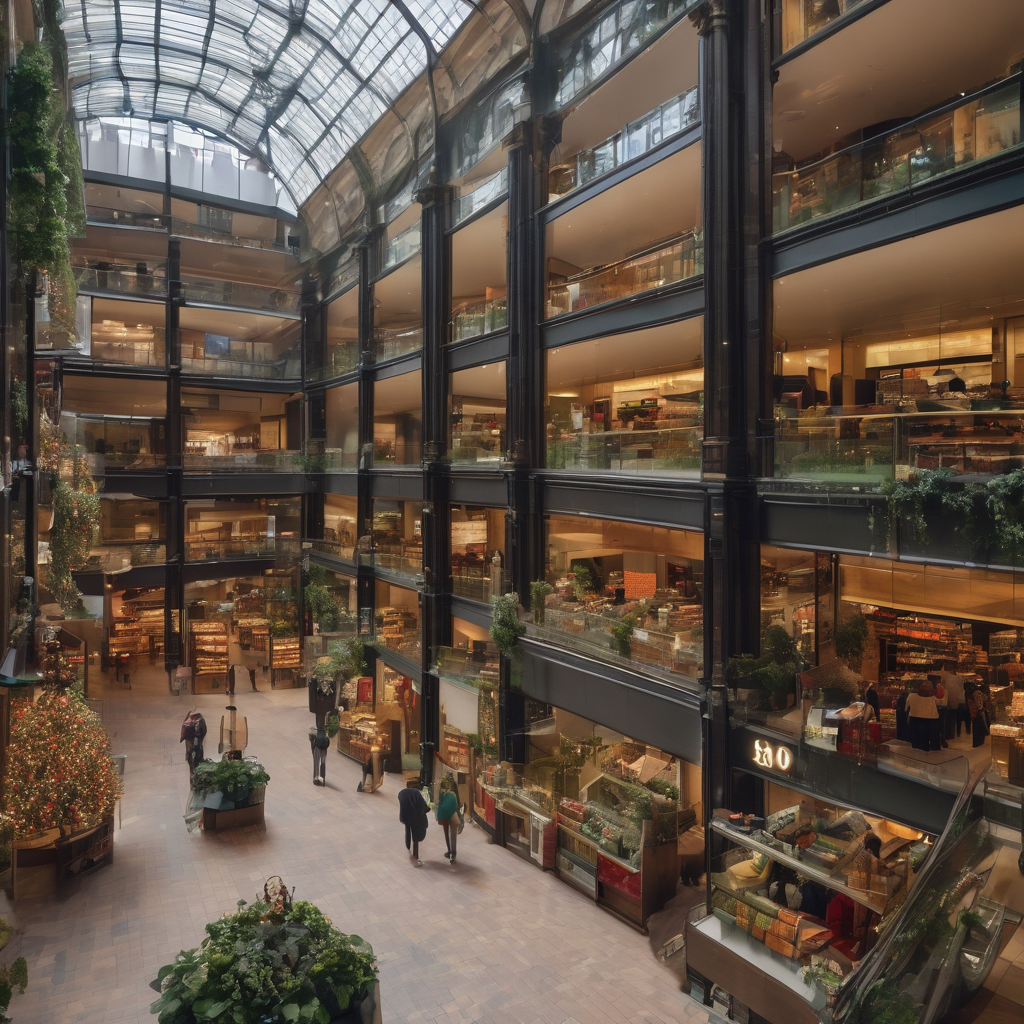
Local Economy and Trade

Welcome to the website of the architectural firm within the domain of local economy and trade. Our challenge is to create a local, resilient economy by 2084 that stimulates local trade and uses technology to shape new forms of business.
We have put together some ideas and strategies on how this goal can be achieved.
First of all, we believe in a future in which the world continues to grow as it is doing (population, technology, society is growing). But we also believe that we will live in a collective society and society will evolve into a sharing economy, in which sharing will be paramount. Local trade and economy are very broad. That is why we examined some sectors separately:
catering industry
With further development of robot service, the hospitality sector will use advanced robots for service and delivery. People order drinks and food via an app from the café or restaurant and this is brought to the table by robots. The robots can also be used for the preparation of certain drinks and dishes. This is beneficial for local traders because efficiency is increased and personnel costs are reduced.


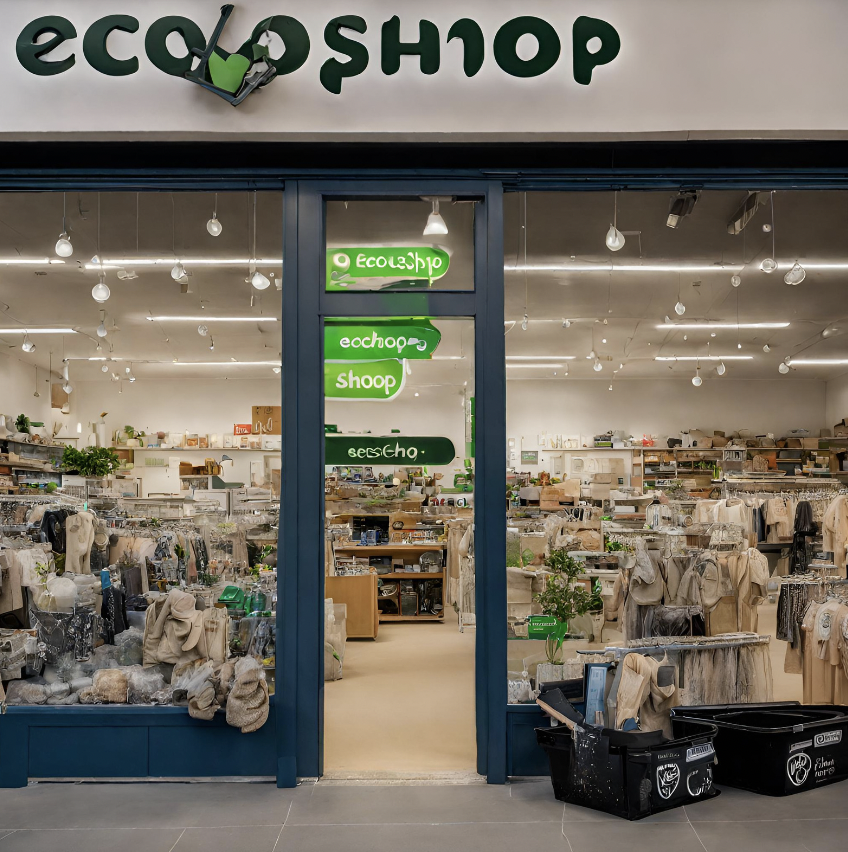
The settlement system will also evolve. Today, purchased products are paid for at a cash register with an employee or at a self-checkout. In 2084, you take a shopping cart that contains a chip. The chip can detect which products you take from the shelves and put in your shopping cart. The products are automatically scanned in this way. There will be a change in the way of payment: cash will no longer be applicable. Today there is a big concern about cryptocurrency as it is bad for the environment. Over time, this problem will be addressed and crypto coins will be the new means of payment. Everyone will use it.
There is also an automatic system that knows which products need to be restocked. Replenishing the areas is then done by robots when necessary.

We all know that sustainability is a hot topic today. That's why we think Ghent's local transport companies could look very different in 2084. The car-sharing companies – such as Cambio – will expand technologically and become the norm. This also applies to bicycle companies such as De Fietsambassade and other vehicle companies.
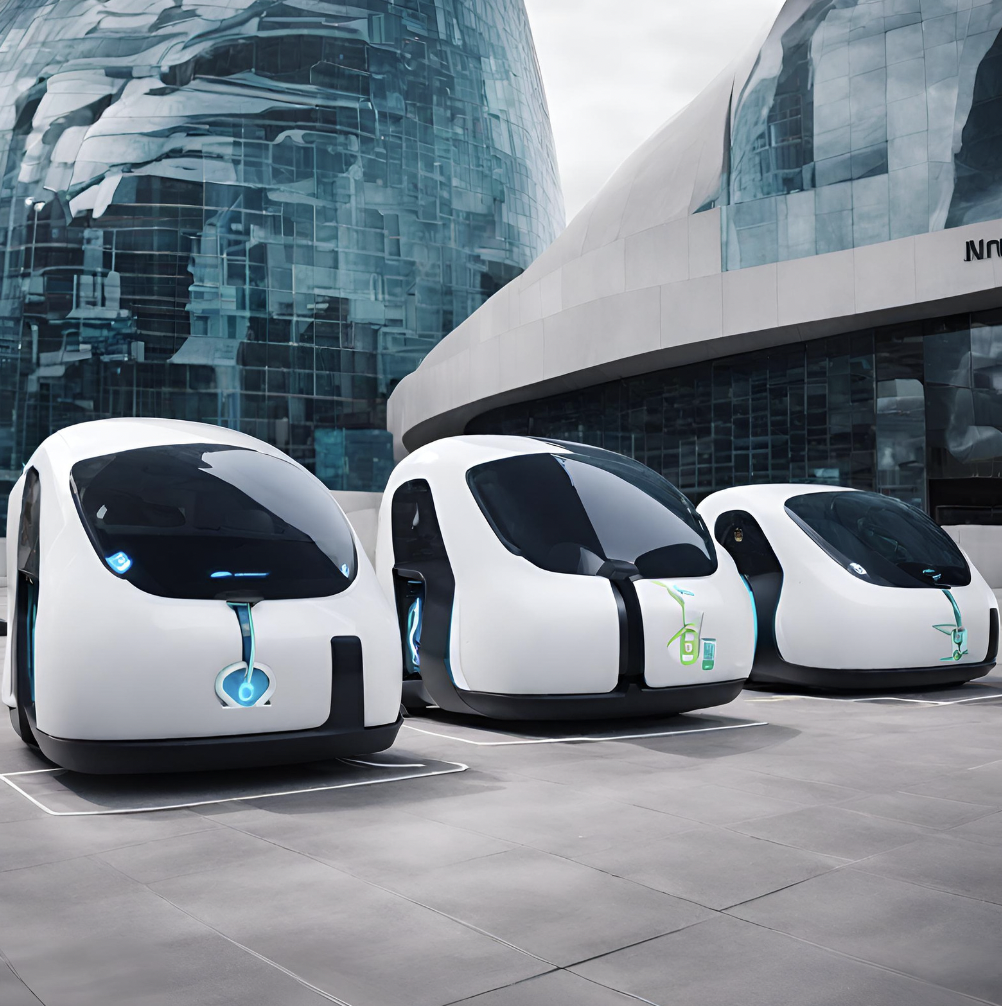
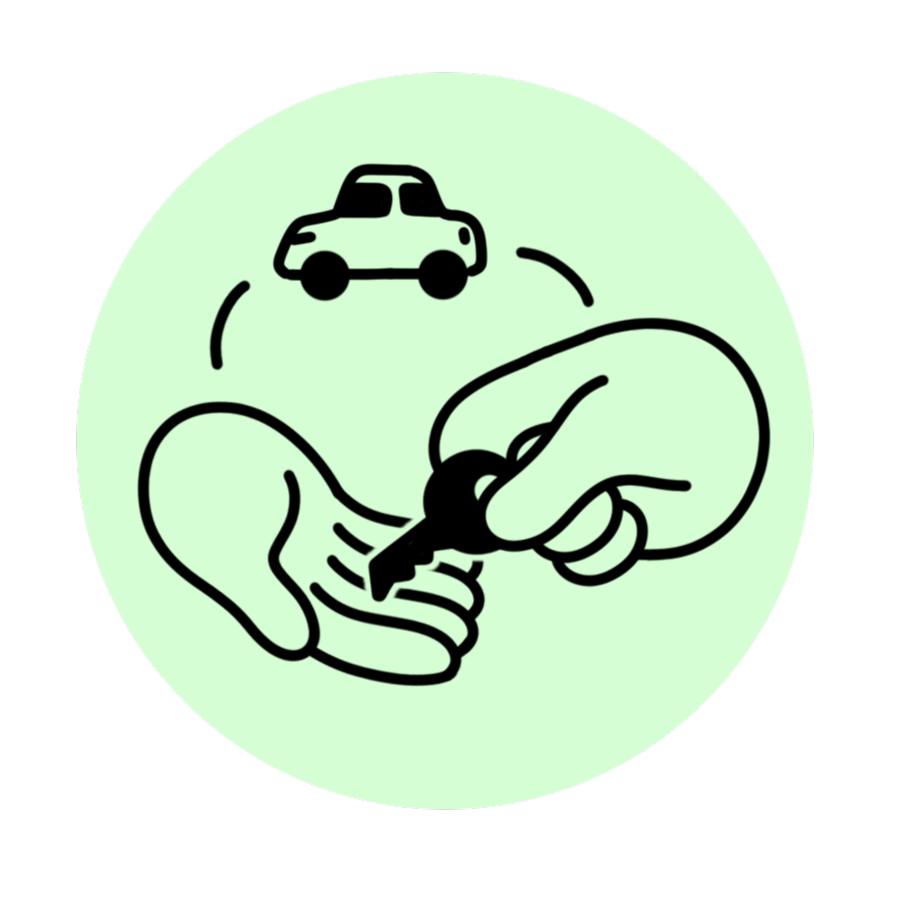
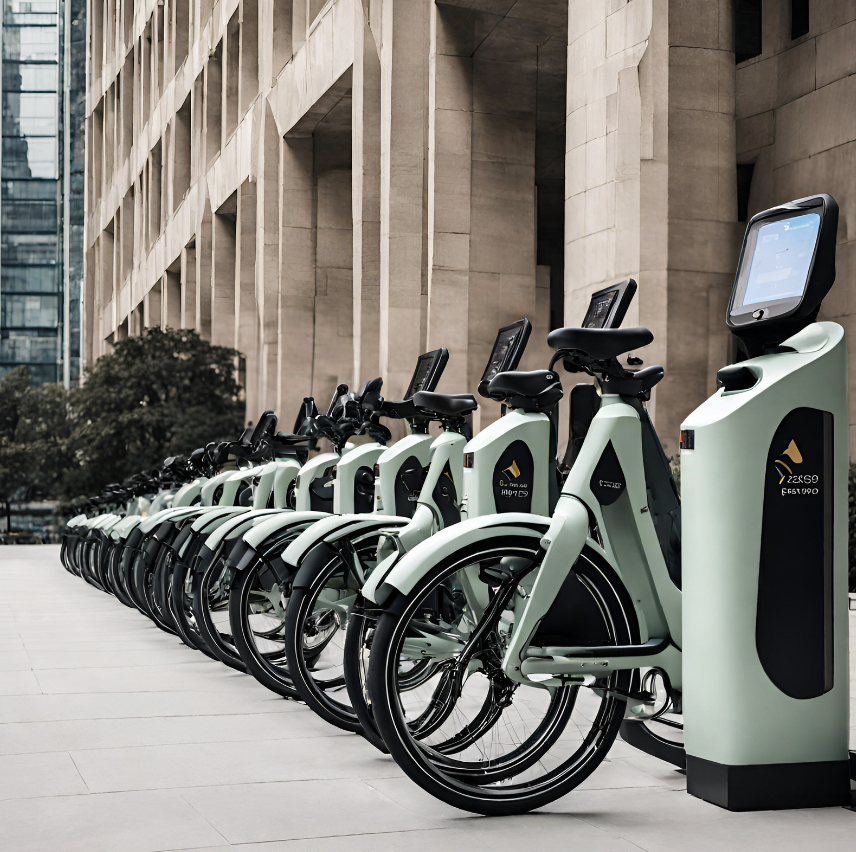
We want to make the concept of “local” literal. We want to move (almost) all trade to one place. We thought of a shopping center like “Het Zuid”, where shops, restaurants and activities come together. We are thinking of a large center with lots of light and windows. The top floor can be used as a greenhouse to grow various vegetables.
By bundling all trading activities, local traders gain greater visibility. Visitors come to one central location for a variety of needs, increasing the likelihood of discovering local businesses.
Physical proximity promotes cooperation between local traders. They can develop synergies such as joint events, promotions and personalized experiences, which would improve the overall economy in Ghent. The concept of a shopping center can include multifunctional spaces for events, workshops and cultural activities. This attracts not only locals but also tourists, which can further boost economic activity.
We can also integrate the transport companies into the shopping center. First of all, the shopping center will provide enough space for the various transport options. The building will have easy accessibility, with cycling and walking paths all around. The shopping center can also offer a lending service for means of transport, which the robots can also deliver.

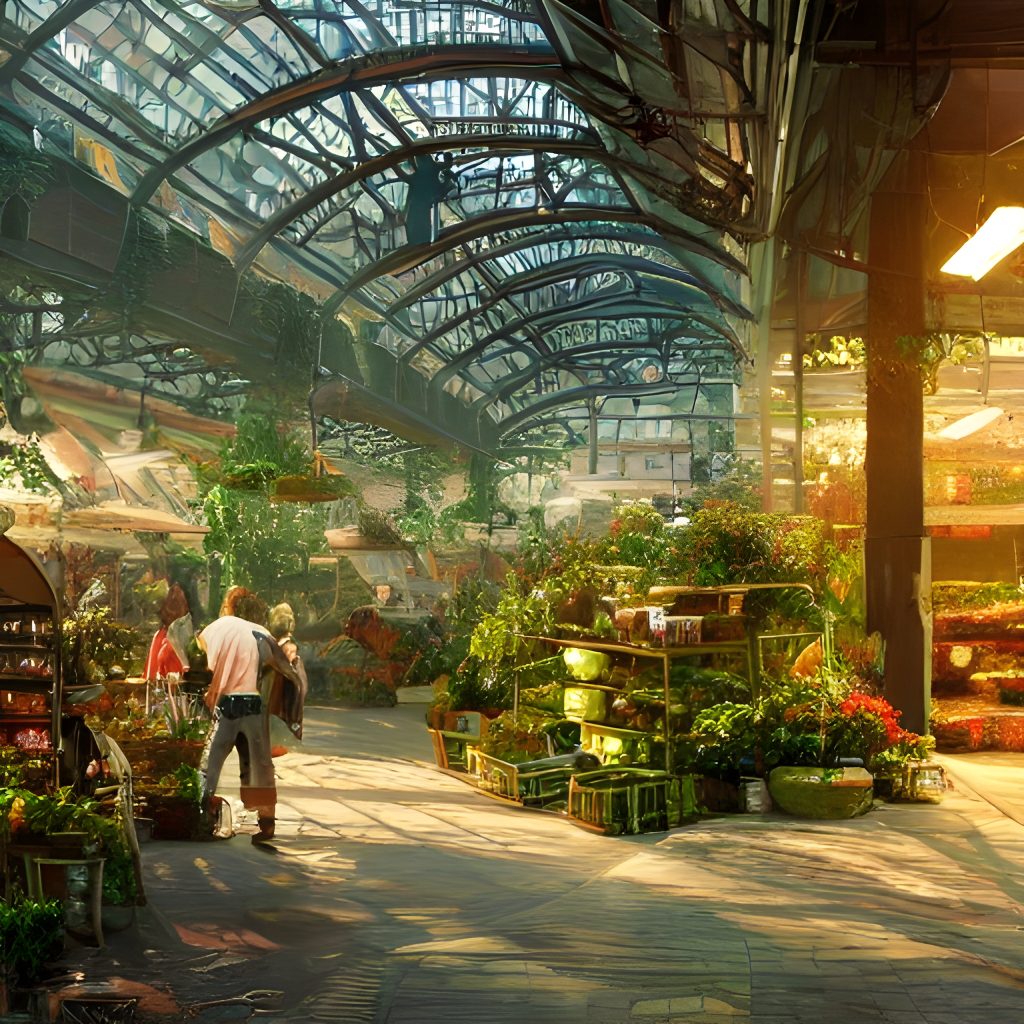
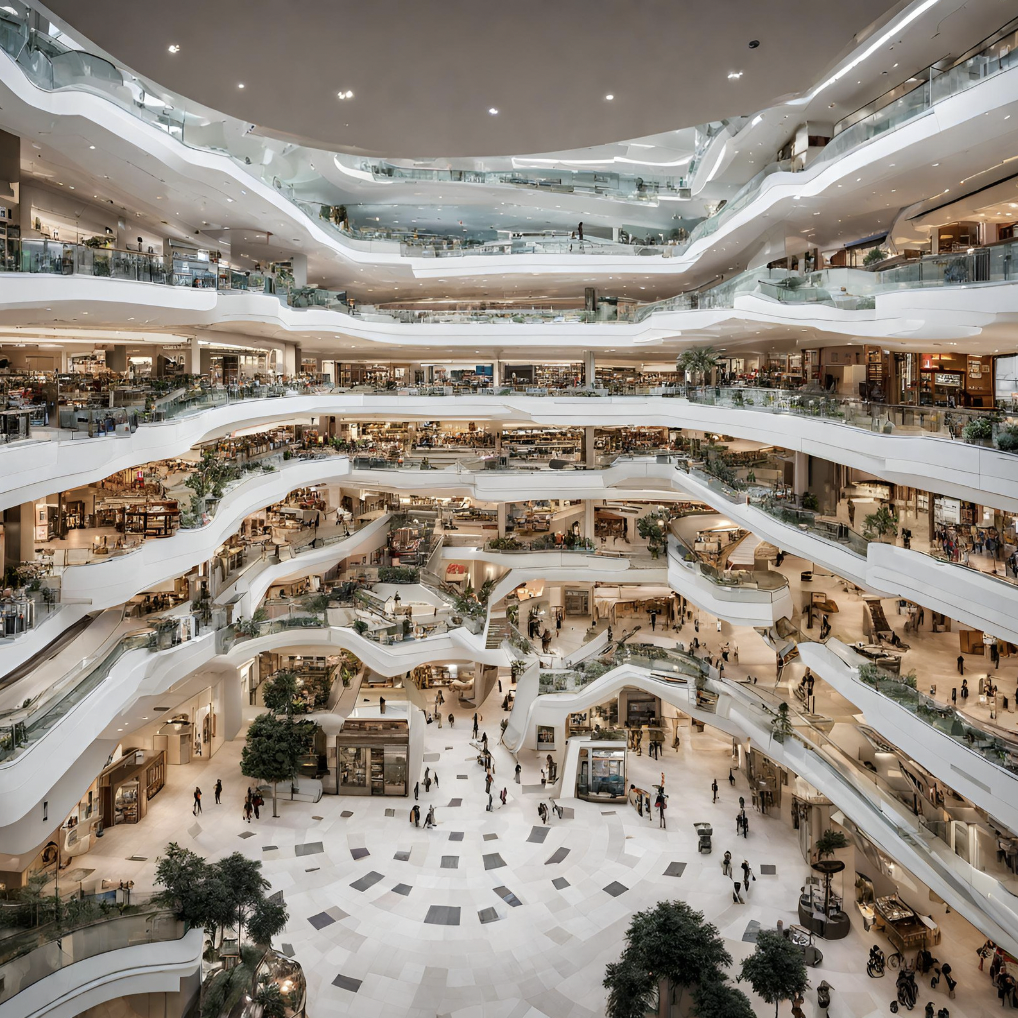
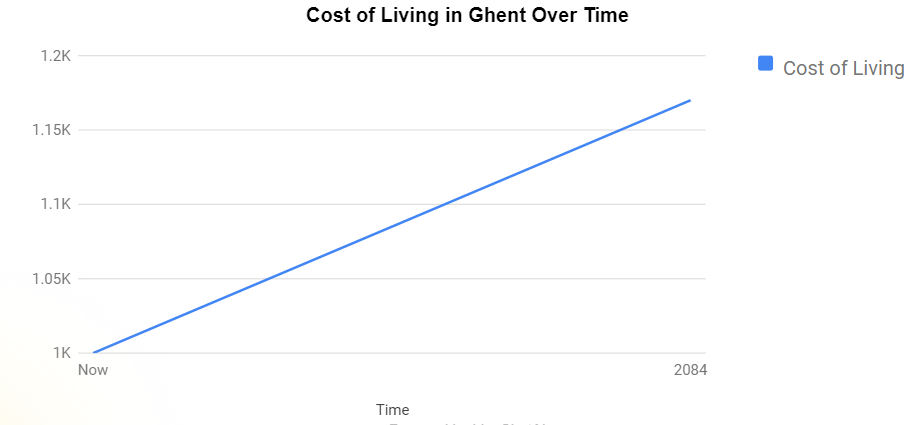
This graph illustrates the relationship between time and the cost of living in Ghent.
This graph outlines a hypothetical scenario where there is a gradual decline in plastic use due to various initiatives such as bans on single-use plastics, increased recycling efforts and the adoption of eco-friendly alternatives. At the same time, there has been a corresponding increase in the reuse of glass bottles as consumers and businesses prioritize reusable packaging options to reduce waste and environmental impacts.


This graph illustrates a hypothetical scenario in which shared car services steadily increase in use over time, while self-driving cars are initially slower to adopt but eventually see significant growth as the technology advances and gains public trust.
Concept by
Maura De Vroede – Joke Godderis – Sara Filiz – Finn Goethals – Sian Oosterlink – Sander Pollet – Widmer Van der Bruggen.

